The Imminent End of the International Space Station: What Lies Ahead
Written on
Chapter 1: The Legacy of the International Space Station
The announcement from NASA regarding the impending end of the International Space Station (ISS) is a significant moment in the realm of space exploration. What stands as the pinnacle of human achievement? Is it the construction of the pyramids, the groundbreaking Large Hadron Collider, or perhaps the exquisite “Salvator Mundi” by Leonardo Da Vinci? While each of these marvels holds its own esteem, none quite matches the harmony, elegance, and audacity of the ISS—a colossal 420-ton structure of wires and instruments orbiting Earth at a staggering speed of 17,130 mph, with a crew of seven scientists aboard. Unfortunately, the end is near for this monumental creation, as NASA plans to decommission the ISS in 2031 by intentionally crashing it into the Pacific Ocean. This raises questions: Why is the ISS facing its demise? What made it so exceptional? And what does the future hold for human space exploration after its departure?
Section 1.1: Reasons for Decommissioning
NASA has three primary motivations for the ISS's decommissioning: exorbitant costs, the emergence of new space stations, and the completion of its mission objectives.
Subsection 1.1.1: The Cost Factor
The ISS stands as the most expensive man-made object ever constructed, with costs amounting to $150 billion (as of 2015), not accounting for operational expenses that exceed $6 million daily. So, what drives these astronomical costs?
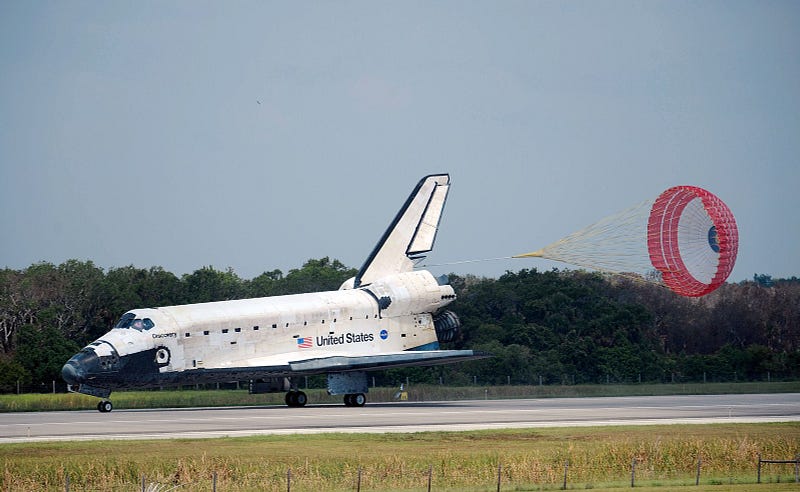
To launch a 420-ton structure into orbit requires significant financial resources. The Space Shuttle was responsible for transporting most of the ISS modules, costing around $60,000 per kilogram. Additionally, crew rotations and resupply missions occur roughly every 40 days, costing around $45 million per launch aboard the Russian Soyuz rocket. Moreover, the outdated technology on the ISS necessitates regular repairs, further escalating expenses. Much like maintaining an aging vehicle, there comes a point when repairs become more costly than investing in a new model. With the rise of cost-effective launch vehicles such as Starship and the introduction of modern private space stations like Blue Origin’s Orbital Reef, NASA is increasingly drawn away from the ISS in favor of newer, more economical, and efficient options.
Section 1.2: The Future of Space Stations
Indeed, Orbital Reef is partly backed by NASA, which, in exchange, secures significant time aboard the new station. This arrangement allows for experiments to be returned to Earth and then transported back to a more advanced station, facilitating ongoing research for years to come. Consequently, once NASA fulfills its current short-term missions, the necessity for the ISS diminishes.
Chapter 2: The Achievements of the ISS
Originally, the ISS was designed with five key missions: to enable deep space exploration, conduct research for human benefit, nurture a US commercial space industry, promote international collaboration, and inspire humanity. Remarkably, the ISS has successfully accomplished these goals.
As NASA approaches the completion of its last missions, it plans to transfer valuable instruments and historically significant items back to Earth over the course of a year. In 2031, the ISS will begin its descent into a decaying orbit, with Point Nemo identified as its designated crash site. This remote area in the Pacific Ocean is chosen to minimize risks to human life, as it is the farthest point from land.
Once the station re-enters the atmosphere, it will disintegrate and burn up, marking the end of one of humanity's most remarkable achievements as it becomes a shooting star in the night sky.

Section 2.1: Collaborative Spirit
The ISS represents a remarkable feat of international collaboration, particularly between the US and Russia. When the station was initiated in the 1980s, the idea of these two rival nations working together seemed inconceivable. Yet, in pursuit of scientific advancement and the greater good, these former adversaries discovered common ground.
Since October 31, 2000, the ISS has maintained a continuous human presence in space for over 21 years. This extended period has yielded invaluable discoveries and data that have propelled humanity forward.
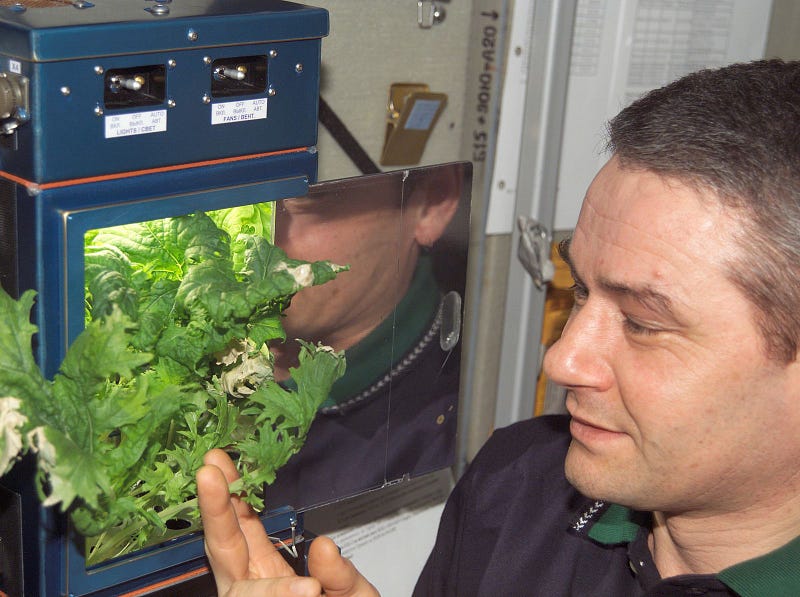
For instance, the microgravity laboratories aboard the ISS have conducted experiments on the human body, crystallized proteins, Bose-Einstein Condensates (BEC), and microgravity farming, among other studies. These investigations have prepared us for future missions to Mars, deepened our understanding of quantum mechanics, and even led to potential treatments for muscular dystrophy.
The ISS has also played a crucial role in studying the resilience of various microbes, fungi, and lichen that thrive in the harsh conditions of space, lending support to the theory of panspermia—how life might travel between planets and even across star systems.
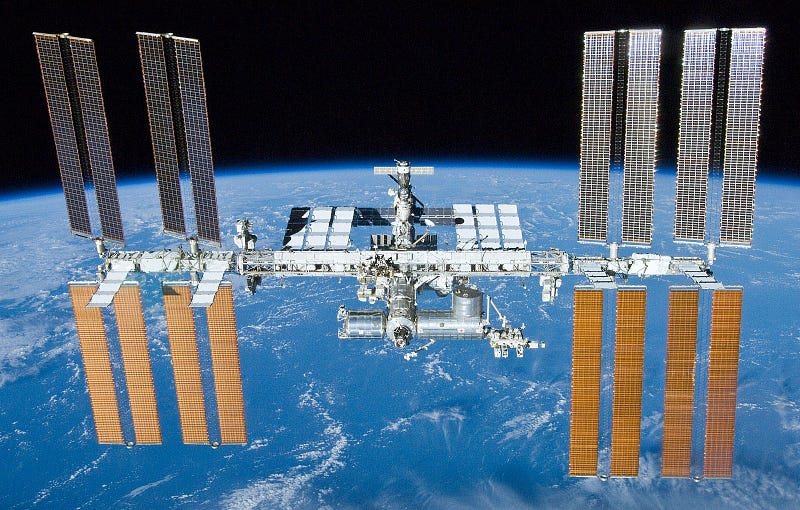
Furthermore, the ISS has been instrumental in the search for dark matter, collecting data on cosmic rays to detect these elusive entities, thereby enhancing our understanding of how dark matter influences the universe.
Section 2.2: Environmental Contributions
In addition to its scientific contributions, the ISS has aided in combating climate change. Its unique vantage point has enabled the development of precise weather and climate models, equipping us with the foresight needed to address this pressing global issue effectively.
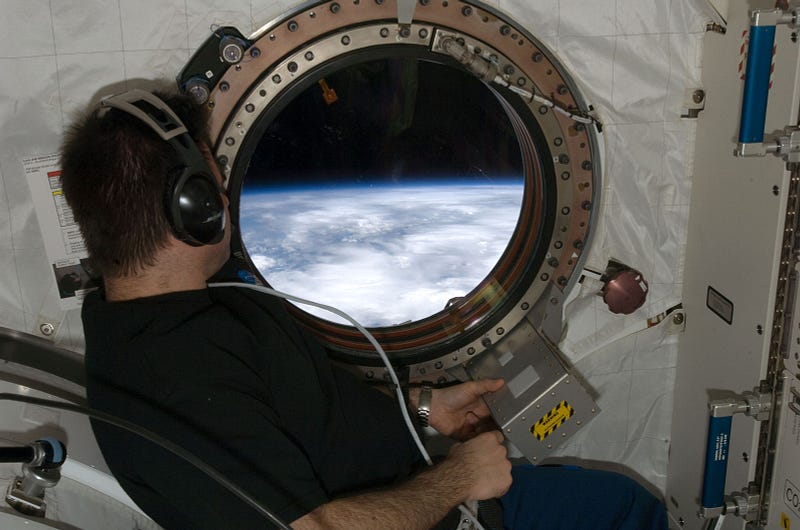
Lastly, the ISS has laid the groundwork for the burgeoning commercial space industry. Companies like SpaceX, Boeing Space, and Blue Origin owe much of their current scale to the pioneering efforts of the ISS. As Elon Musk prepares for a manned mission to Mars, he can partially credit the ISS for facilitating humanity's entry into the space age.
However, the clock is ticking, with only nine years remaining for this extraordinary engineering marvel. Yet, this does not spell the end for human space exploration.
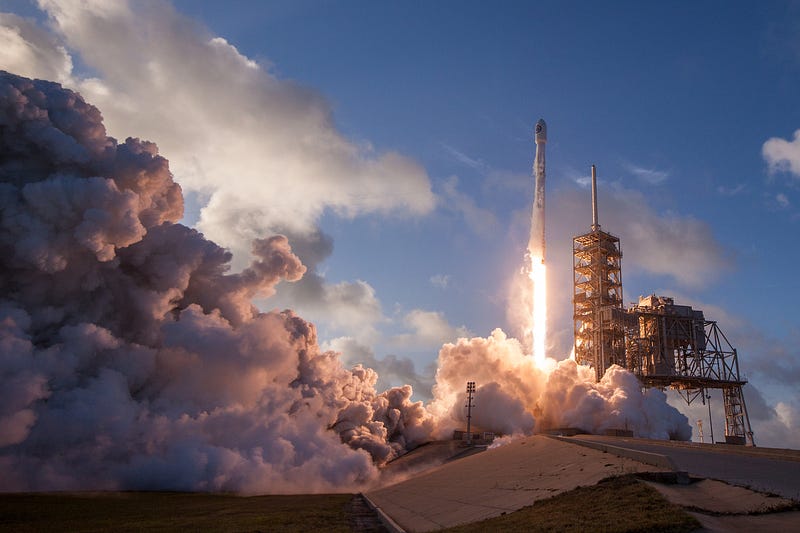
NASA's Artemis program is set to begin crewed missions to the Moon in 2025, while Musk aims for an unmanned mission to Mars by 2024 and a crewed one by 2026. Orbital Reef is expected to become operational by 2030, continuing research in low Earth orbit and even facilitating space tourism. The future of space exploration shines brightly.
These upcoming missions are made possible largely due to the groundwork laid by the ISS. It served as humanity's initial stepping stone toward exploring the cosmos. Future generations living on Mars or the Moon will owe a debt of gratitude to this audacious project for ushering us into the space age. As we prepare to witness the ISS's final moments, let us take a moment to appreciate the significance of its departure. While we will miss the ISS, the future of space exploration is promising, thanks to its legacy.